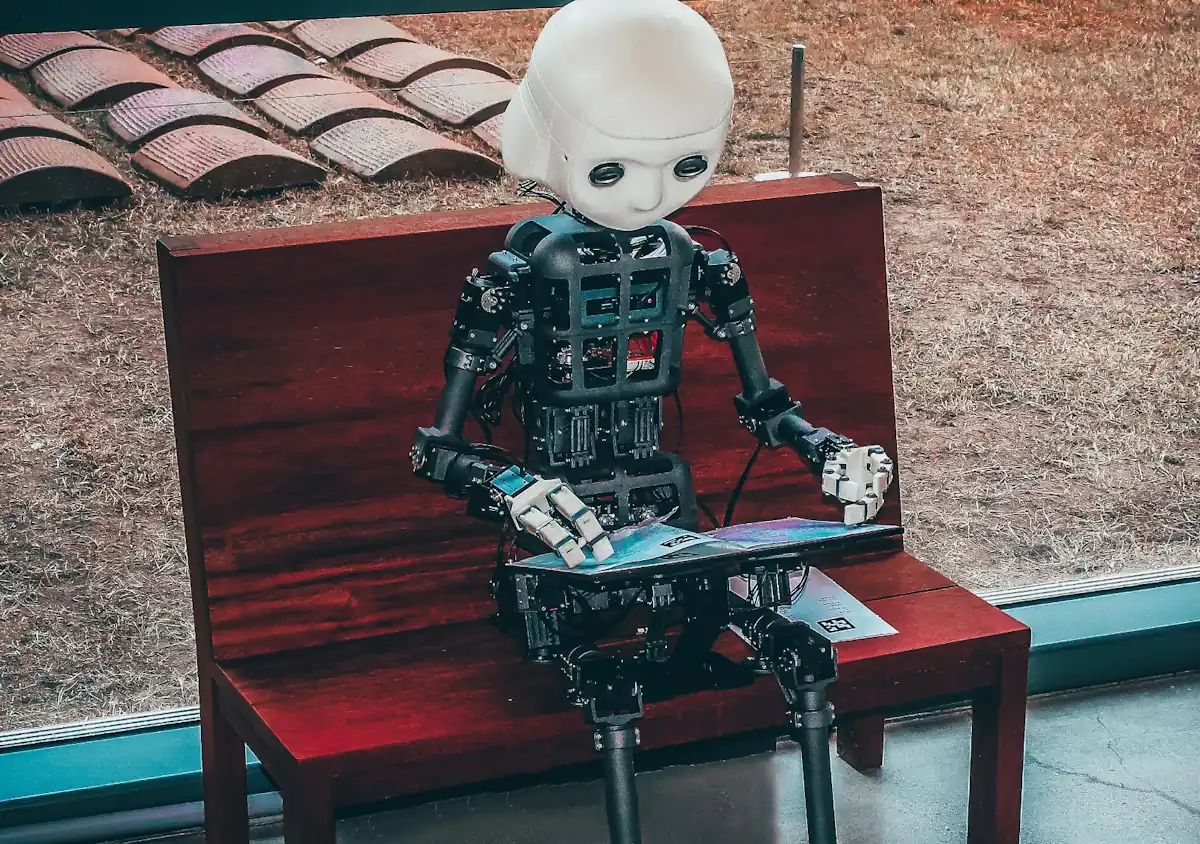By Yiyou Chen
Most dynamical systems can be modeled using differential equations. However, solving dynamical equations, even for linear equations, across the entire vector space can be challenging. Take quantum dynamics, for instance, which is generally governed by time-dependent Schrodinger equations. Propagating the quantum state at each time step for high dimensional systems, such as those with numerous energy levels or spins, demands significant computing power. This complexity issue carries on to applications relying on the solutions of the dynamical equation, e.g., optimal control.
The goal of this project is to leverage deep learning models to compress the dynamical equations. Given the local nature of most well-defined differential equations, the reachable space within a limited time is often confined. If the model can efficiently compress/map the equation, identifying the smaller space of interest, it may offer a way to accelerate solving dynamical equations.
There are a several questions being addressed, including:
- How can one train a model when no data is provided?
- How to compress the equations efficiently?
- Are there any abnormal behaviors associated with the compressed equations?
Evaluating concepts from large language models (LLM) to capture the general behavior of dynamical systems.
The recent breakthrough in large language models (LLMs) has demonstrated their significant advantages in natural language processing. Our goal is to leverage these language models for scientific applications, specifically investigating their capability to “learn” the dynamics of physical systems.
While the dynamical equations may exhibit linearity, the dynamics of populations are typically highly nonlinear. Recognizing that language models also possess a high degree of nonlinearity, there arises the possibility of generating the dynamics without explicitly solving the underlying equations.
With the increasing availability of computing power, we are also hoping to develop a systematic approach to train and deploy language models to better represent and understand various physical systems.


